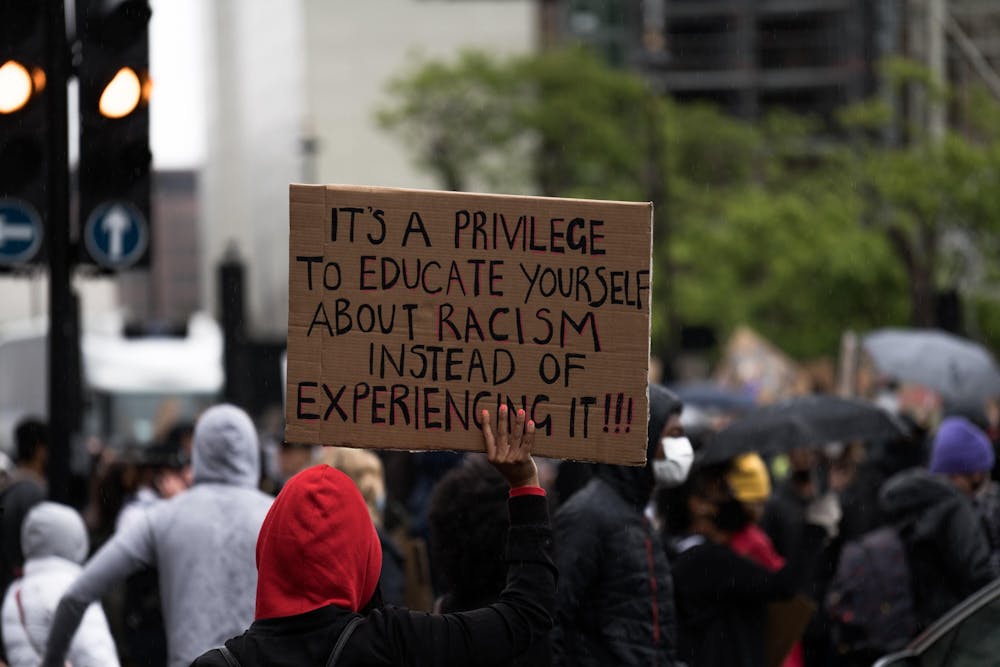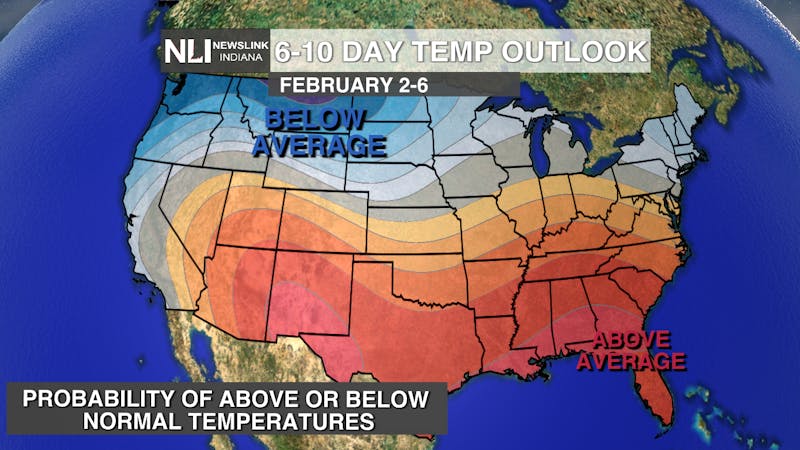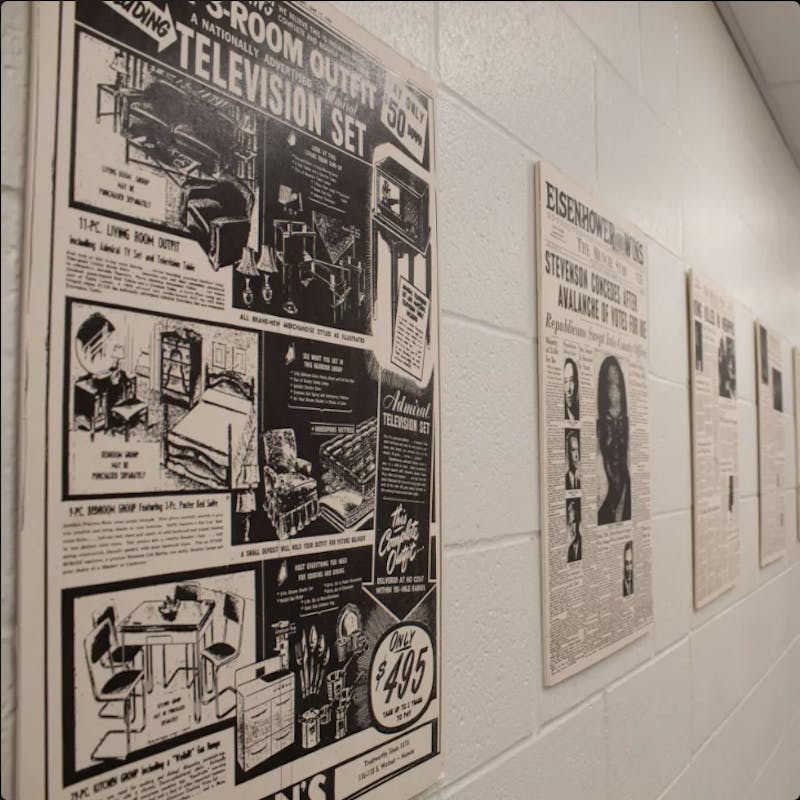More than a century ago, Carter G. Woodson traveled from his home in Washington, D.C. to Chicago, where he celebrated the 50th anniversary of emancipation with thousands of other Black Americans at Chicago Coliseum. The exhibits inside commemorated Black achievements since the abolition of slavery, and what Woodson saw inspired him to highlight and memorialize Black heritage while educating others through developing curriculum, journals and organizations dedicated to Black History.
On Feb. 7, 1926, after more than 15 years of studying Black history on his own, Woodson decided it was time the rest of the world do the same and released a press release establishing the first ever Negro History Week, as it was then called. Woodson chose the week to coincide with the birthdays of former president Abraham Lincoln and abolitionist Fredrick Douglass. With little impact at the time, this press release encouraged media to access an entirely new set of voices in the pursuit of storytelling.
The week — aimed to educate and expand others on the intentions of Black activists and highlight Black stories — continued to build fame and importance. Woodson’s week became Black History Month 50 years later under former President Gerald Ford. Ford called upon the American people to “seize the opportunity to honor the too-often neglected accomplishments of Black Americans in every area of endeavor throughout our history.”
As we conclude a month of telling Black stories from our community, The Ball State Daily News Editorial Board looks forward to expanding, educating and continuing to tell the stories of the Muncie community and Ball State’s campus. Telling Black stories and sharing voices will not end with just one month — instead, our team strives to prioritize diversity through storytelling in future editions.
At the beginning of each month, The Daily News Editorial Board takes time to look at the breakdown of voices we cover in our writing, photography and videos compared to the racial breakdown of the university and our coverage the previous month.
For instance, in January 2022, The Daily News’ coverage focused on 65.1 percent white sources, whereas only 27 percent of our sources were Black, 3.9 percent were Asian and 2.7 percent were Hispanic. This is compared to December where 84.7 percent of our sources were white, compared to 8.2 percent Asian, 3.5 percent Black and 2.4 percent other races.
While we have seen an improvement, we know 27 percent isn’t enough. To put it simply: The Daily News needs to be better. And we know we can be better.

In truth, The Daily News Editorial Board is not reflective of the Ball State student body. We are almost an entirely white editorial staff. As such, we are not the people best suited to tell stories and perspectives of the Black community.
Despite that, we want to tell these stories that deserve attention, and we take advantage of the resources and storytellers we do have to make sure important voices are recognized. It’s vital as a newspaper to provide coverage of every part of our community, especially for groups within the Black community that the news media have traditionally neglected.
We can do better, and we will.
We firmly believe that when we tell these stories, we play our part in creating a less divided world, but we understand there is always room for improvement, and we are actively trying to improve both as individuals and an editorial board of student journalists.
Minorities in the United States have faced systemic racism since its official founding as a country in 1776. No matter how hard we try to reckon with our racist past, with every step forward, there seems to be two steps back — for every gain in civil rights, there’s much more that still needs to be accomplished.
We saw this in 2020, when tens of millions of Americans protested in support of the Black Lives Matter movement after the murder of George Floyd. But it shouldn’t take a nationwide demonstration for us to recognize there is a problem that needs to be fixed.
The Daily News is dedicated to documenting these issues to expose the discrepancies Black people face in the fight for civility. It is our duty, both as reporters and storytellers, to write about these problems and lift the voices of those who may otherwise be ignored.
Beyond simply diversifying the subjects of our content, both written and visual, The Daily News is dedicated to diversifying both its editorial board and its staff. We are based on a campus that is 78.6 percent white, but we still have no excuse for our relative lack of diversity.
In the past, we have developed plans to work with professors and media and diversity specialists to incorporate workshops and presentations into our meetings as both an editorial board and entire newspaper staff. While efforts like this have occurred in the past, we can improve on implementing more educational workshops in the near future.
The Daily News is also willing to listen and open to hearing any and all feedback from our audience. While we consider the ways in which we can improve, we understand there are likely changes we can make that we unintentionally overlook. We want to hear from our audience about what we can better do to meet your needs and raise expectations of us at The Daily News.
Generation Z is more racially and ethnically diverse than any previous generation, and we are the new generation of storytellers. Every single person working to make this paper possible each week has a responsibility to ensure our paper best reflects this new generation because it represents most of our readers.
While we can’t erase the sins of our country’s past, nor the sins of the storytellers before us, we can make a dedicated effort to do better going forward. Despite a rocky road leading up to this point, we can and will make that effort.
We conclude our coverage under the Black History Month banner with this message. But we will not end our coverage of diverse voices. As journalists, we know the stories we choose to publish have a substantial impact. Therefore, this month and every month moving forward, we choose to continue amplifying these important voices of our community.
If you have any feedback or suggestions on how The Daily News can improve and diversify its coverage of the Ball State and Muncie communities, please email editor@bsudailynews.com.





The Daily News welcomes thoughtful discussion on all of our stories, but please keep comments civil and on-topic. Read our full guidelines here.